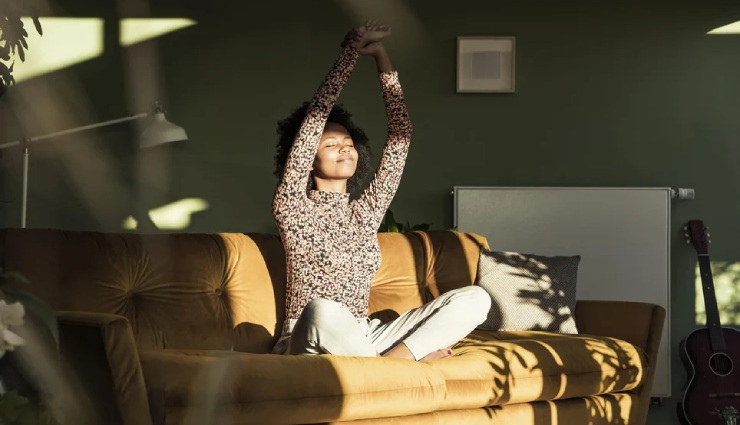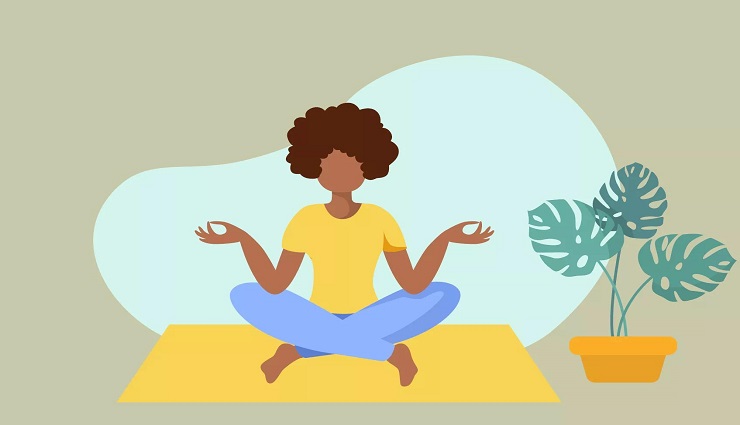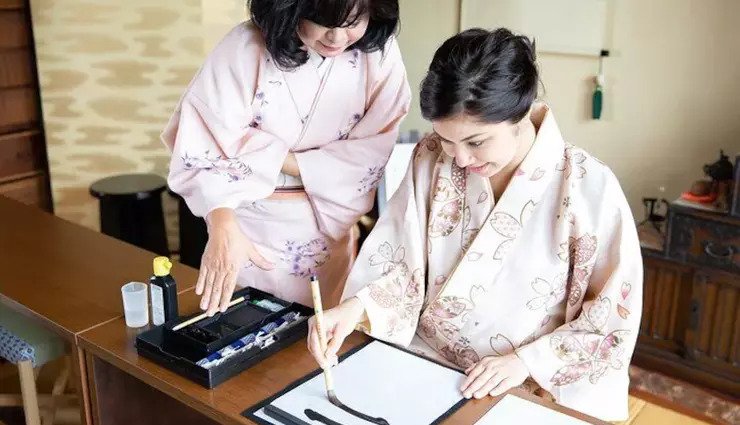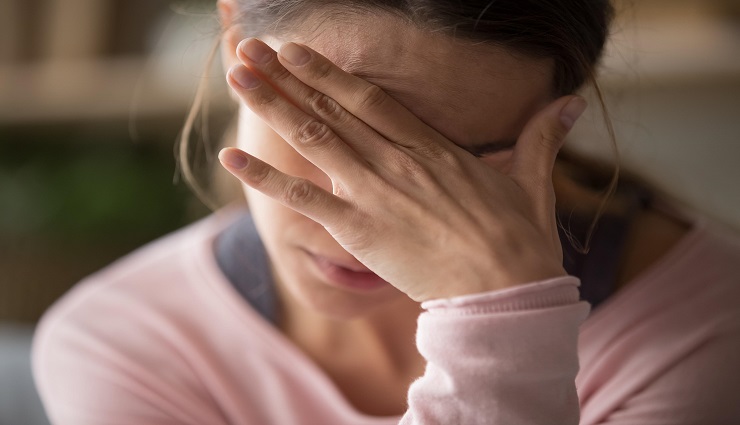Stress has many triggers, and we may be stressed for various reasons. As you know, stress is one factor affecting both physical and mental health. Although the intensity of stress varies depending on the stimulus, we should eliminate stress as quickly as possible by using various relaxation techniques to avoid its consequences. In this article, we talk about relaxation techniques with a restless mind. Stay with us.
What is meant by relaxation techniques?
You can use these techniques to calm your body’s natural stress response.
When faced with a dangerous situation, the nervous system releases stress hormones. Stress hormones such as cortisol and adrenaline cause physiological changes in your body and your reaction to a stressful problem. This way, the body responds to stressful situations, also called the fight or flight response, and it is a valuable function that helps you defend yourself or escape from a traumatic problem in times of danger.
Although your body’s protective function against stress has many benefits, it can sometimes become problematic. The human brain has a broad definition of “danger,” depending on people’s personalities and past experiences, the severity of their reactions to stress is different. However, almost anything that stresses you out, whether a confrontation with a predatory and dangerous animal or a complex project at work, puts the body on alert.
Occasional stress does not cause serious complications, but chronic stress may cause increased heart rate, muscle tension, high blood pressure, and increased blood sugar. It may also hurt your mental health and make you more susceptible to anxiety or depression. Stress is a natural reaction of the body, which is necessary to get through sensitive situations, and practicing relaxation techniques makes it easier to eliminate stress.
What are the most common relaxation techniques?
This part of the article introduces the most essential and influential relaxation techniques.
1. Breathing exercises
Breathing is, without a doubt, one of the most straightforward relaxation techniques. To do breathing exercises, sit in a comfortable and quiet place and slowly take deep breaths. Now, don’t think about anything and focus on breathing correctly. If your mind wanders between thoughts, focus on how you breathe. This will help you let go of negative thoughts and feelings, at least for a limited time.
2. Body scan meditation
This technique involves progressive muscle relaxation. Start by breathing slowly and deeply, and after a few minutes, turn your attention to a part of your body. In this process, you relax the body’s different muscle groups and restrain the physical tension imposed on it. This technique brings gradual relaxation and creates a healthier connection between mind and body.
3. Guided visualization
Guided visualization is a form of meditation in which you visualize relaxing objects, places, or experiences. You can make the visualization process as long or as short as you like. You can also use tools and applications for better visualization.
4. Mindfulness meditation
This stress management technique is rooted in ancient Chinese philosophy. Mindfulness meditation, like breathing techniques, begins with sitting and breathing consciously. Sit in a quiet and comfortable place, take deep breaths, pay attention to your thoughts and feelings, and accept them deeply. Stay focused on the present without considering past events and future possibilities. This relaxation technique is excellent for reducing anxiety and depression because it helps you identify and break negative thought cycles.
5. Mindfulness and stretching exercises
Yoga, tai chi, and qigong are mindfulness exercises that combine breathing techniques with stretching. These exercises require intense concentration, and this deep concentration is what pulls you out of the trap of racing thoughts.
6. physical activity

You can walk, run, swim, or do any other physical activity. Any physical movement increases the body’s endorphins and reduces stress. To eliminate stress, in addition to the mentioned physical activities, you can also do these activities:
- biofeedback ;
- Hydrotherapy;
- Aromatherapy ;
- music therapy ;
- diaphragmatic breathing ;
- Autogenic training (self-regulating relaxation).
Benefits of relaxation exercises
It doesn’t matter which technique you practice because each has significant physical and mental health benefits. The most important benefits of practicing relaxation techniques are:
- Reducing the symptoms of stress: Each technique takes the body out of standby mode and protects you from the long-term effects of stress.
- De -rumination: Relaxation techniques help you eliminate anxious mental patterns.
- Improving concentration: Physical and mental exercises improve concentration by creating deep relaxation.
- Controlling pain: According to research, relaxation techniques help control pain in critical situations.
How do you learn and stick to relaxation techniques?
Each person uses their relaxation technique to achieve relaxation and reduce stress. Some people relax well with yoga, and others with weight lifting and strength training.
Using different relaxation techniques, you gradually learn to adapt your favorite method to your preferences, lifestyle, and personality. Other points that you should observe when practicing the methods are:
- Wear comfortable clothes: Your clothes significantly impact your mood and frame of mind. Just as you dress appropriately for work, you should dress comfortably when practicing relaxation techniques.
- Designate a space to relax: If you work outside the home, don’t bring your work-related stuff home. If you work remotely and at home, separate your workspace from the rest of the space. Ideally, your relaxation zone should be quiet and free of distractions.
- Take small steps: Like any other skill, relaxation requires constant effort. Start with short training sessions and gradually increase the duration of the training.
- Include relaxation techniques in your daily schedule: dedicate half an hour to doing relaxation exercises. Some people do stretching exercises for 15 minutes in the morning and the afternoon, and others prefer to start their day with relaxing exercises. Choose a technique that works for you and make it part of your daily routine through repetition and practice.
final word
Proper self-care requires constant effort and practice and is vital for maintaining health and well-being. Without self-care and relaxation exercises to relieve stress, you expose yourself to burnout and diseases. Now that you know how to practice relaxation techniques, you should incorporate them into your daily routine and reap their incredible benefits.
Which technique do you think is more effective? What method do you prefer to relieve stress? Please share your valuable comments and experiences with us and our dear users.



